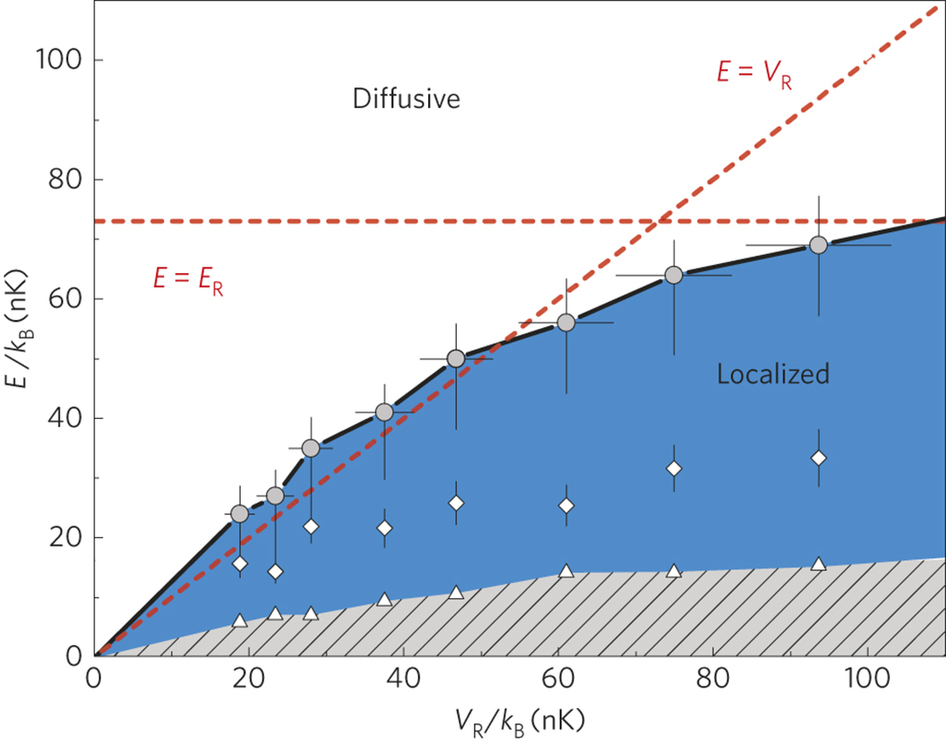 |
Anderson localization is a universal phenomenon affecting non-interacting quantum particles in a disordered environment. In three spatial dimensions, theory predicts a quantum phase transition from localization to diffusion at a critical energy, the mobility edge, which depends on the disorder strength. Although it has been recognized already long ago as a prominent feature of disordered systems, a complete experimental characterization of the mobility edge is still missing. Here we report the measurement of the mobility edge for ultracold atoms in a disordered potential created by laser speckles. We are able to control both the disorder strength and the energy of the system, so as to probe the position of the localization threshold in the disorder–energy plane. Our results might allow a direct experiment–theory comparison, which is a prerequisite to study the even more challenging problem of disorder and interactions. G. Semeghini, et al., |
LAST NEWS
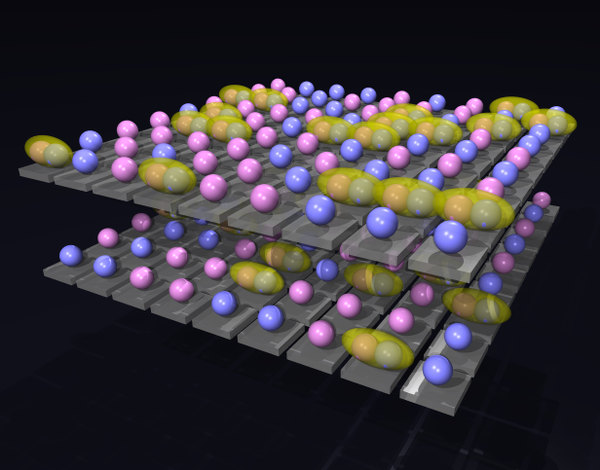 |
We aim at studying two-dimensional fermionic 6Li atoms across the BCS-BEC crossover. We plan to benefit of the recent advances in ultracold atomic systems, such as single-site addressability and the full control of the interparticle interactions. Tailoring arbitrary optical potentials will create the perfect environment for implementing quantum models. In particular, we want to characterize the superfluid phase by studying the interlayer tunneling, discriminating the coherent Josephson dynamics from the single-particle hopping. By adding disorder we will simulate the physics of granular superconductors, testing the robustness of the order parameter and the onset of metallic phases at higher temperatures. |
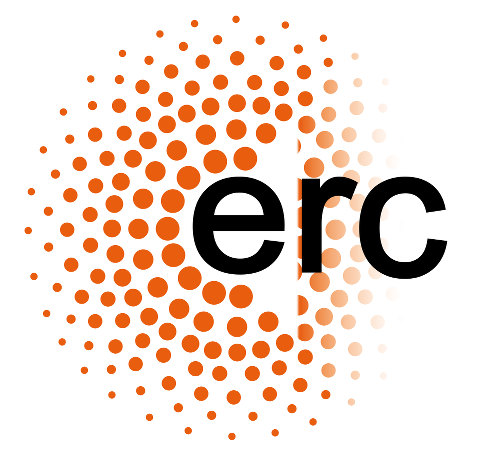 |
The Lithium Lab is funded by ERC Consolidator Grant "QuFerm2D: Quantum Simulation of two-dimensional fermionic systems" awarded in 2012 to Giacomo Roati. |
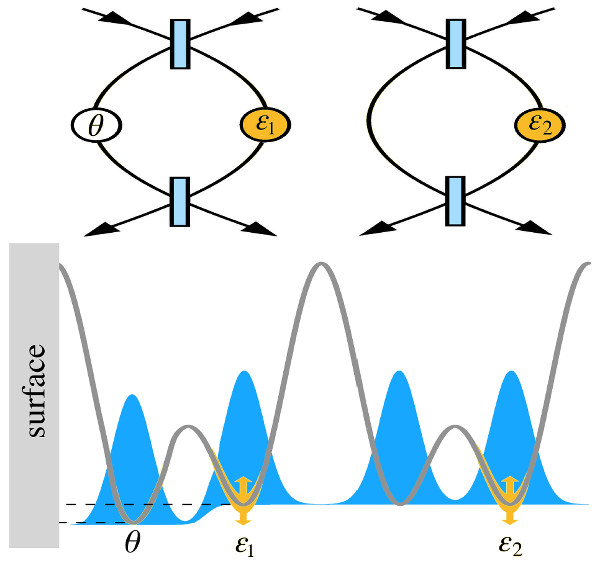 |
Differential interferometry (DI) with two coupled sensors is a most powerful approach for precision measurements in the presence of strong phase noise. However, DI has been studied and implemented only with classical resources. Here we generalize the theory of differential interferometry to the case of entangled probe states. We demonstrate that, for perfectly correlated interferometers and in the presence of arbitrary large phase noise, sub-shot noise sensitivities — up to the Heisenberg limit — are still possible with a special class of entangled states in the ideal lossless scenario. M. Landini et al., |
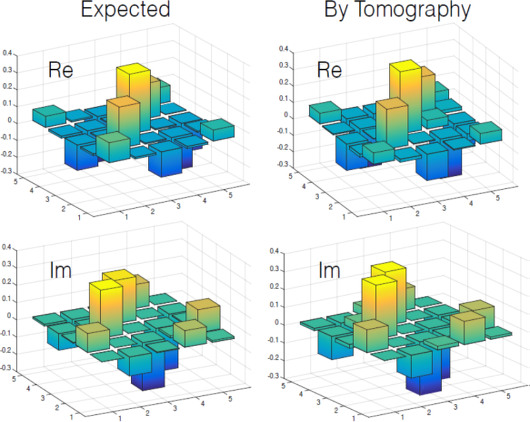 |
We demonstrate a tomographic reconstruction algorithm that relies on data collected during the evolution of an unknown quantum state. We estimate the state density matrix as well as the dephasing noise present in the system by assuming complete knowledge of the hamiltonian evolution. Our scheme therefore realizes quantum state tomography but could readily be modified to perform quantum process tomography by assuming complete knowledge of the input states. C. Lovecchio et al., |
